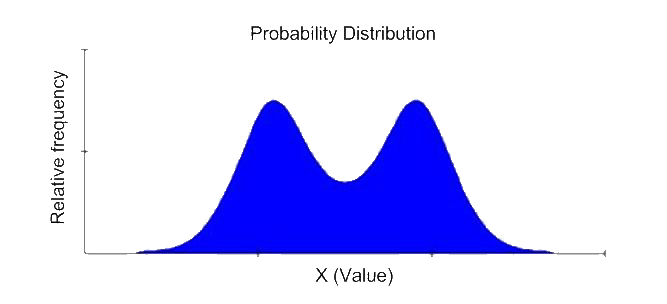Life is great. My family, friends, students, and (some, heh heh) colleagues are happy I am back safely. Feeling nothing but gratitude to all of you who wished me well on my adventure. Sometimes, adversity is the best teacher for what makes our lives meaningful. You all bring tremendous meaning to my life. I thank you all from the bottom of my heart.
The past few days went by quickly because I am still on Nepal time - asleep at 2pm and awake at 1am. It takes me at least one day for every hour of change. Darn strong circadian rhythm makes travel more difficult. On the plus side, I slept 10 hours on the 13-hour flight home and followed it up with 12 more hours in my own bed. Wow! Talk about luxury. Another plus is that I get to catch up with email, sports, and cooking (french toast this morning for the family). I have a lot of catching up to do.
After climbs, I like to reintegrate into society slowly. How I do that varies but recently - over the past 5-7 years - I found house projects help me most. Over the years, I built a 2-story addition, renovated my basement, re-roofed our house, and various other projects that occupied at least a month of my attention before I could settle down to write manuscripts and grant proposals again. This year is no exception. Kat and I decided to add a deck to our backyard - just outside our new bedroom (started after Everest 2014).
 |
| Before.... |
 |
| Not quite after but will post pictures when done. |
A few more climbs may result in overbuilding our property and running out of grass for our dogs. Nah, that will never happen, right Kat?
I transferred pictures from my camera and hope to have them formatted or at least display ready by Friday morning. Once I get that step done, I will send out a note to all so you can view them online. If you are not in the Fairfax, VA area or cannot make it here by pub time, do not worry. I will post a full presentation on the pictures shortly. We have the technology...
Finally, I just found a great picture of my home. Home at last!

